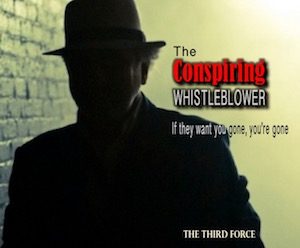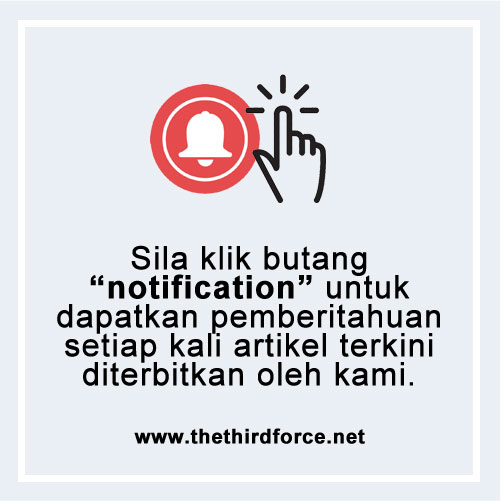
The Conspiring Whistleblower
Did you know the term “conspiracy theorist” came from the CIA?
It was coined to stop unwanted questions about the Warren Commission. Those questions had to be stopped. In 1976, thanks to the release of a secret file, we know a secret plan was created by the CIA to stop you, me and honest researchers from criticizing anything controversial that the government, the CIA or the FBI wanted to do.
When JFK was killed at the height of the Cold War, the Coup had to be hidden so the nation would not be vulnerable to attack. Many who knew the truth kept their mouths shut, therefore, choosing the lesser evil. The biggest conspiracy of all was also protected by killing many witnesses and making fun of — or ignoring — the others.
But the safest method of all was to use psychology to make “conspiracy theorists” look different from us. All the CIA had to do was to label “conspiracy theorists” as paranoid, anti-American, crazy or weird. Over the years, journalists who failed to cooperate were largely replaced by pleasant-looking blondes and other “talking heads” with no attempt to disguise them as real journalists or reporters.
The original “list” of “ploys” (that is the term used by the CIA!) was so effective that it’s still being used today.
The methods on the list instruct CIA agents on how to discredit, shame or make fun of unwanted critics of the shadow government or the CIA. Typically, courageous witnesses, journalists and bloggers will be mocked, harassed, and sometimes arrested or killed, while unwanted or renegade leaders and politicians, elected or appointed, who try to escape being ordered around by the CIA, or who expose the shadow government, will be targeted by the media until their reputations are ruined.
The “new” government — brought in by murdering Kennedy — quickly blamed Lee Oswald — and only Lee Oswald– as the evil killer. But when the CIA, FBI and the Warren Commission revealed more details, such as that this murderer had also tried to shoot one of Kennedy’s worst enemies, Gen. Edwin Walker. and that most of the testimony against Oswald came from the alleged gunman’s Russian wife, who was threatened with deportation (leaving behind her USA-born daughter) if she did not cooperate, questions were raised.
The excuse that Oswald sought fame was unbelievable because Oswald lived long enough to declare he didn’t shoot anybody, to say “I emphatically deny these charges!” and to cry out, “I’m just a patsy!” It became obvious that most of the evidence against Oswald came from the Paines (who had CIA connections), from a Russian-born CIA asset (George de Mohrenschildt), and from the Dallas Police, who allowed Oswald to be mortally shot in front of more than 70 onlooking officers.
The Mayor’s own CIA brother had been fired by JFK, Lyndon Johnson, the Vice President, was in the news as corrupt and facing impeachment on the day Kennedy was shot, and the FBI investigation into JFK’s murder had been headed by J. Edgar Hoover, who declared only Oswald was involved the same day Kennedy was killed.
Hoover hated the Kennedys (they intended to force Hoover into retirement when he turned 70). When the new President hand-selected the Warren Commission, it was understood that the fox was investigating who killed the hens in the hen-house.
Dr. James Fetzer has summarized the tactics the CIA recommended to be used against those criticizing the Warren Commission (later to be applied whenever needed to reactions to other unpopular events or to unwanted leaders):
1. Claim it would be impossible that so many people would keep quiet about such a big conspiracy
2. Have people friendly to the CIA attack the claims, and point back to “official” reports
3. Claim that eyewitness testimony is unreliable
4. Claim that this is all old news, that “no significant new evidence has ever emerged”
5. Ignore conspiracy claims unless discussion about them is already too active
6. Claim that it’s irresponsible to speculate
7. Accuse theorists of being wedded to and infatuated with their own theories
8. Accuse theorists of being politically motivated
9. Accuse theorists of having financial interests in promoting conspiracy theories
“In other words, the CIA’s clandestine services unit created the arguments for attacking conspiracy theories as unreliable in the 1960s as part of its psychological warfare operations. And they’re still doing it today.”



